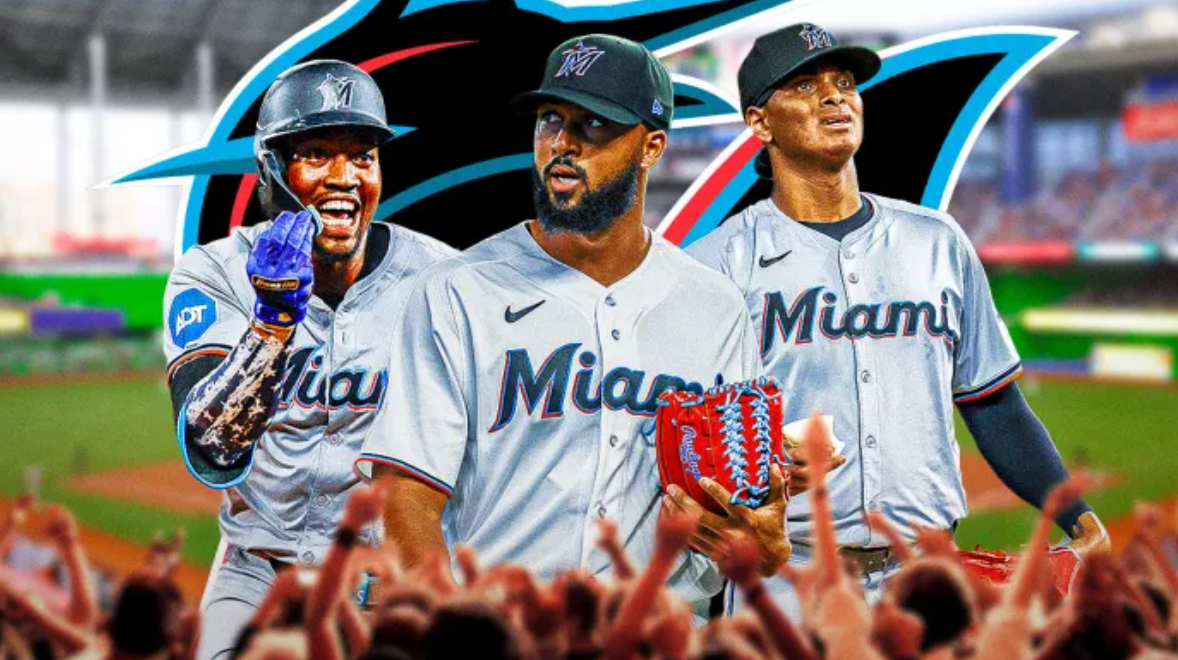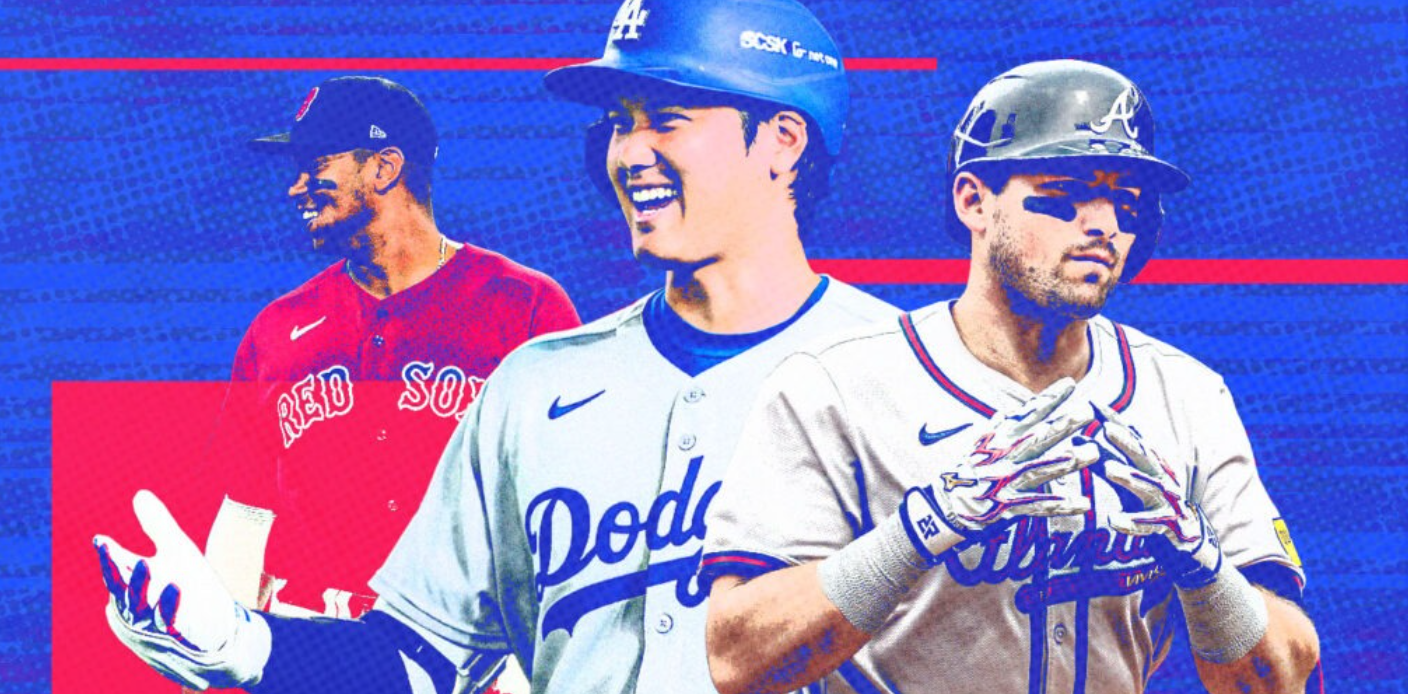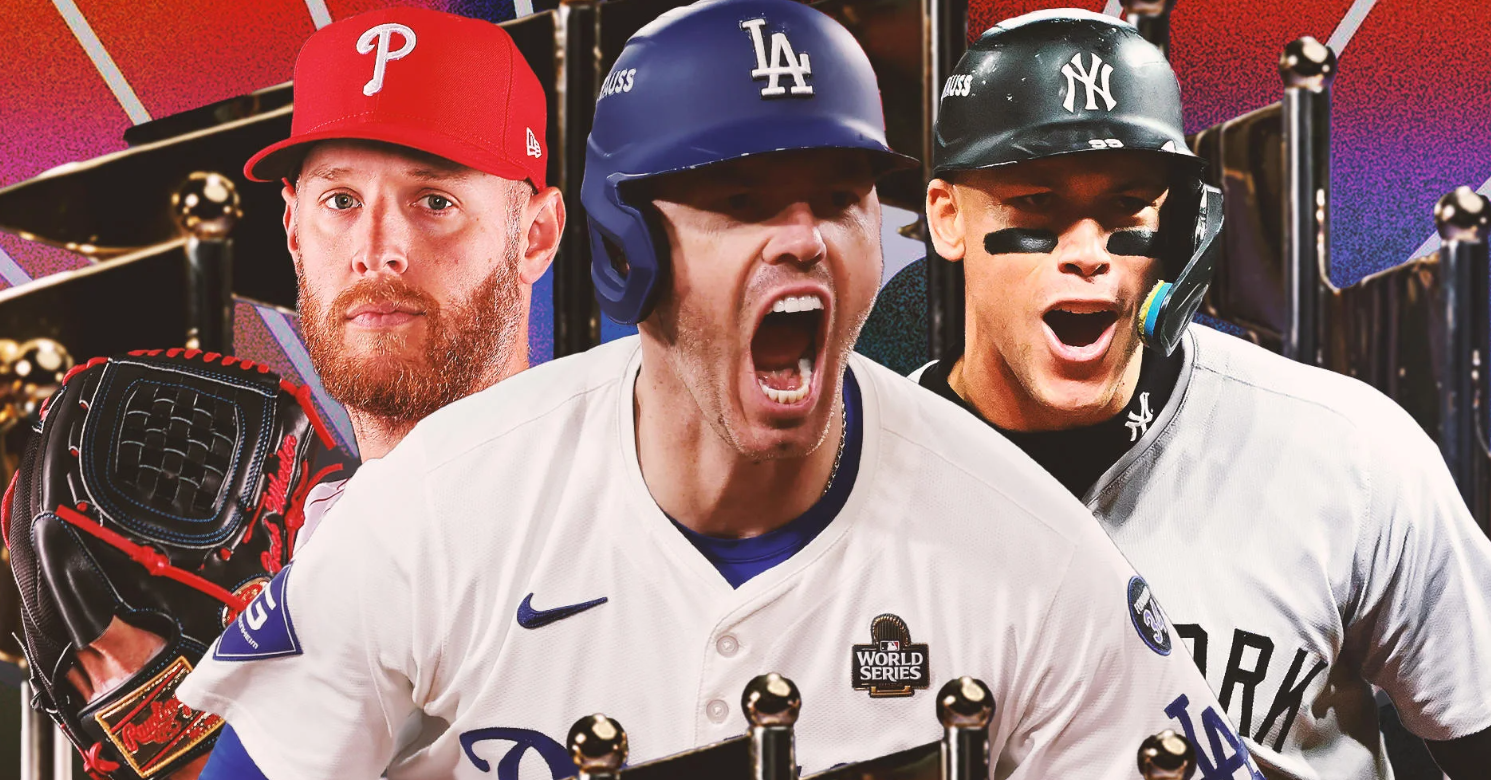Major League Baseball (MLB) stands as one of the most data-driven sports in the world. From pitcher matchups to exit velocity, and from defensive alignments to park factors, baseball thrives on numbers—and so do predictions. As the 2025 MLB season unfolds, fans, analysts, and bettors alike look to anticipate how teams and players will perform. Accurate MLB Predictions require a balance of statistical analysis, current performance trends, player health, and sometimes, a bit of instinct. In this text, we’ll break down how predictions are made, what factors influence them, and what the 2025 season might hold.
The Foundations of Baseball Predictions
MLB predictions aren’t just educated guesses—they’re informed by decades of historical data and cutting-edge analytics. The process typically begins by evaluating both team-level and player-level statistics. Predictive modeling in baseball has grown significantly more complex over the years, thanks to systems like Statcast, advanced sabermetrics, and machine learning algorithms.
Some key foundational metrics used in prediction models include:
- Wins Above Replacement (WAR): A comprehensive stat that estimates how many more wins a player contributes compared to a replacement-level player.
- OPS (On-base Plus Slugging): A snapshot of a hitter’s ability to get on base and hit for power.
- ERA (Earned Run Average) and FIP (Fielding Independent Pitching): ERA shows how many earned runs a pitcher gives up per nine innings, while FIP attempts to isolate the pitcher’s performance from their defense.
These stats, when combined with contextual factors such as recent form, injuries, and schedule strength, help create a clearer picture of what might happen in future games.

Predictive Models in Action
Several popular models and systems are used to forecast MLB performance. Projection systems like PECOTA, ZiPS, and Steamer use historical trends and regression analysis to estimate how players will perform over a full season. These models consider age curves, past injuries, and consistency to create reliable year-long projections.
For example, if a player had a breakout season the previous year, these models may forecast a slight regression to the mean unless backed by improved underlying stats. Similarly, players who underperformed due to poor luck—such as a low Batting Average on Balls in Play (BABIP)—may be expected to rebound.
Team-level predictions usually take into account projected lineups, rotation depth, bullpen strength, defensive efficiency, and overall run differential. Many forecasting sites simulate the season thousands of times to produce win totals and playoff odds for each team.
Factors That Influence Game-by-Game Predictions
When it comes to daily MLB predictions, the process becomes even more nuanced. Game-by-game forecasts depend on a multitude of factors:
- Starting Pitching Matchups: Perhaps the most critical component in a daily prediction. A dominant ace facing a struggling lineup often sways predictions heavily.
- Bullpen Usage: The state of a bullpen can drastically change a game’s outcome. If a team’s bullpen was heavily used the night before, they may be at a disadvantage.
- Travel and Scheduling: Back-to-back games in different time zones or long road trips can fatigue players and influence performance.
- Weather Conditions: Temperature, wind direction, and humidity can affect how the ball carries, which is especially relevant in hitter- or pitcher-friendly parks.
- Lineup Adjustments: Rest days for key players, minor injuries, or platoon-based decisions can shift offensive potential.
- Home vs. Away Splits: Some teams and players perform significantly better (or worse) at home due to stadium dimensions or fan energy.

The Role of Trends and Momentum
Baseball is a long season—162 games per team—which means streaks, slumps, and momentum all play a role. While some statisticians downplay the notion of “momentum,” many fans and insiders believe that teams on hot streaks can sustain confidence that translates into wins.
Trends such as a team’s record in one-run games, their performance against left-handed pitching, or how well they play in extra innings can offer subtle clues for predictions. While these aren’t always reliable over the long term, they can provide short-term betting or fantasy baseball insights.
Breakout Candidates and Regression Alerts
Another key element of MLB predictions involves identifying breakout stars and players likely to regress. Prospects moving up from the minors, veterans returning from injury, or players who have made offseason adjustments can all overperform projections.
Conversely, players who overachieved in the prior season due to unsustainable metrics—like a very high HR/FB (home run to fly ball) rate or a bloated strand rate for pitchers—may be due for regression. Sharp analysts keep an eye on underlying metrics like xwOBA (expected weighted on-base average) and exit velocity to determine if a player’s stats are “real.”

Predicting Division Races and Playoff Picture
As the season progresses, predictions shift toward postseason implications. Division races tend to tighten as teams face each other more frequently, and the strength of schedule becomes a larger factor.
In 2025, several key races are expected to shape the season:
- NL East: With perennial contenders and emerging young rosters, this division is likely to be highly competitive.
- AL West: The mix of veteran-heavy teams and young rebuilds makes this a difficult one to call.
- Wild Card Spots: Expanded playoff formats have made wild card predictions more dynamic, especially with more teams in contention deep into September.
Fantasy and Betting Predictions
Beyond pure fan interest, predictions are crucial in two key communities: fantasy baseball and sports betting. Fantasy players rely on projections to build and manage their teams, while bettors use odds and analytics to place informed wagers.
For fantasy purposes, daily or weekly predictions help determine which players are due for hot streaks or favorable matchups. For betting, understanding how odds are set—especially moneylines, run totals, and prop bets—requires an understanding of probabilities and risk assessment.
Advanced models can compare actual implied probabilities from betting lines with calculated win probabilities based on analytics. When a discrepancy is found, bettors identify “value” in those bets.

Human Element and Intangibles
Even with all the data in the world, baseball still has a heartbeat. Injuries, locker room dynamics, contract disputes, and emotional moments like a veteran’s retirement game or a rivalry series can impact performance in ways no spreadsheet can predict.
That’s why expert analysts often combine data with experience. Watching games, tracking player behavior, and understanding clubhouse culture can provide an extra layer of insight beyond the numbers.
Final Thoughts
Baseball is a beautifully complex game, and its predictive landscape reflects that complexity. With every pitch, swing, and game, new data is created—and with it, new opportunities for accurate forecasting. While no model is perfect, combining statistical rigor with an understanding of the sport’s nuance creates the best chance for sound predictions.

